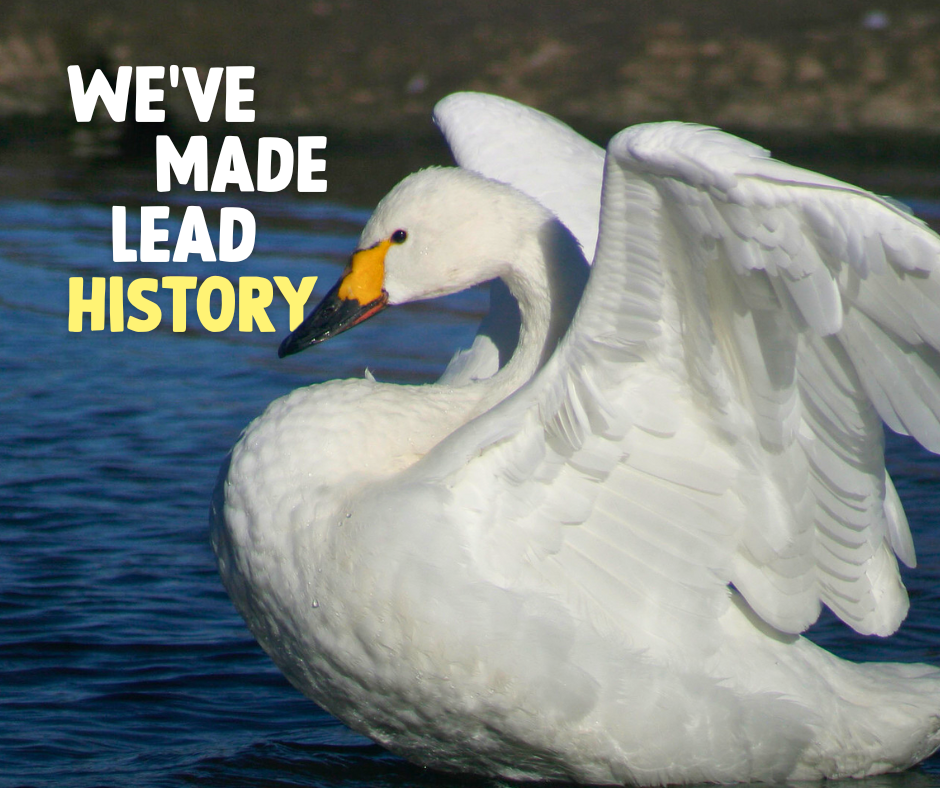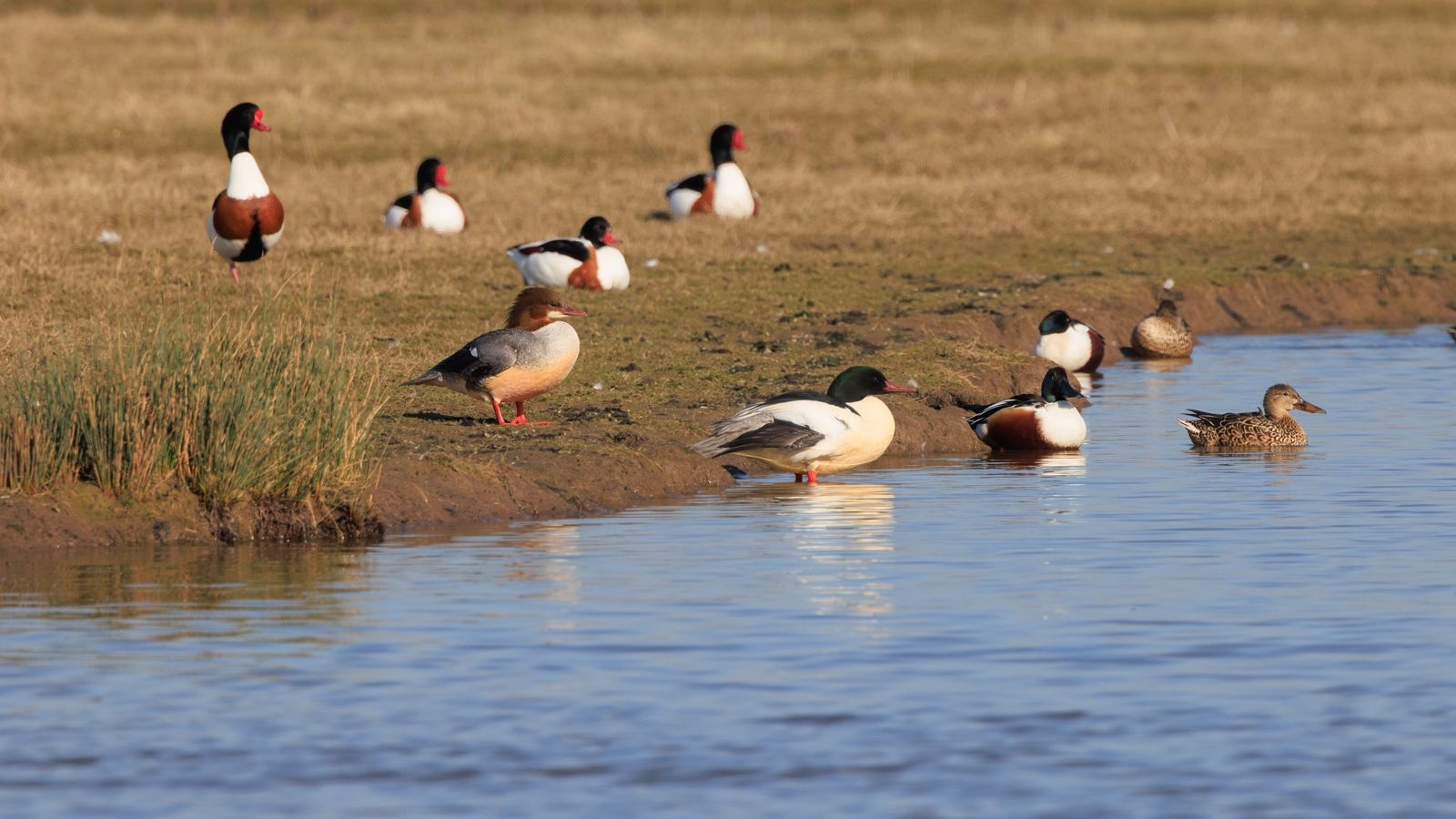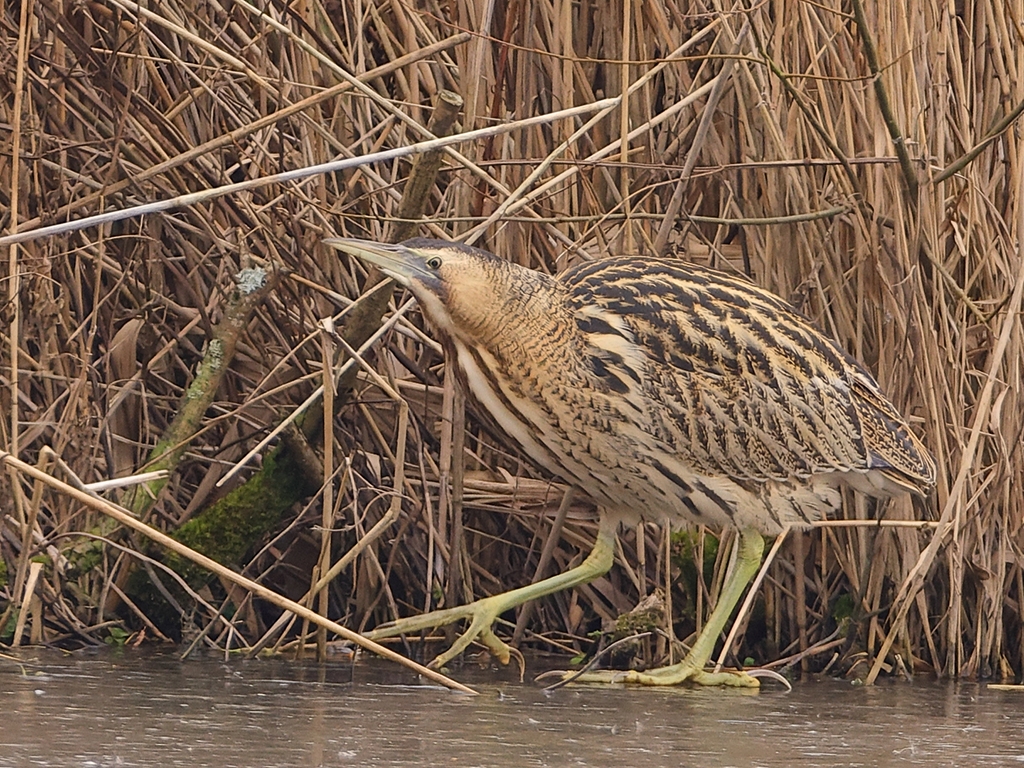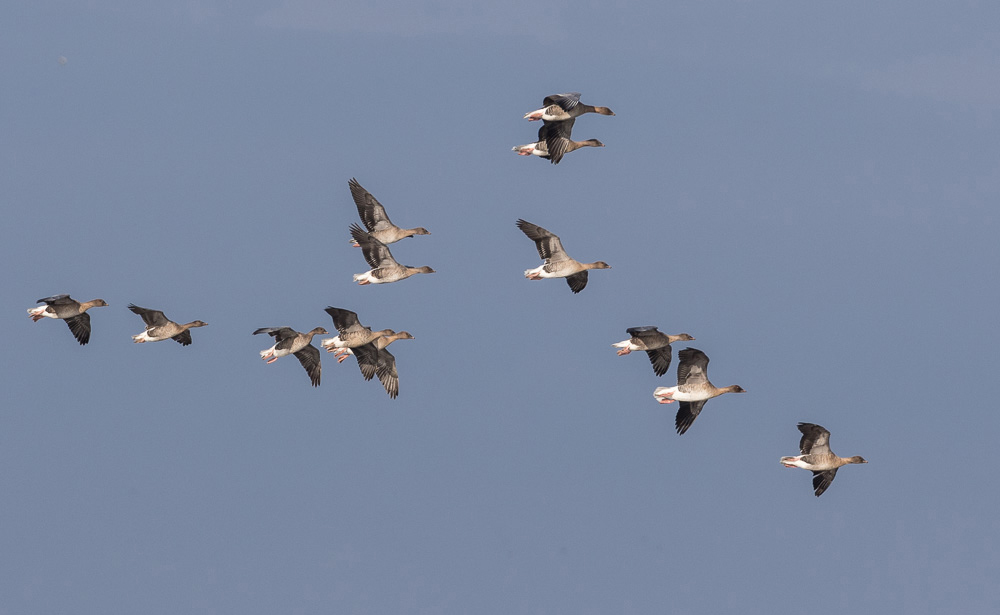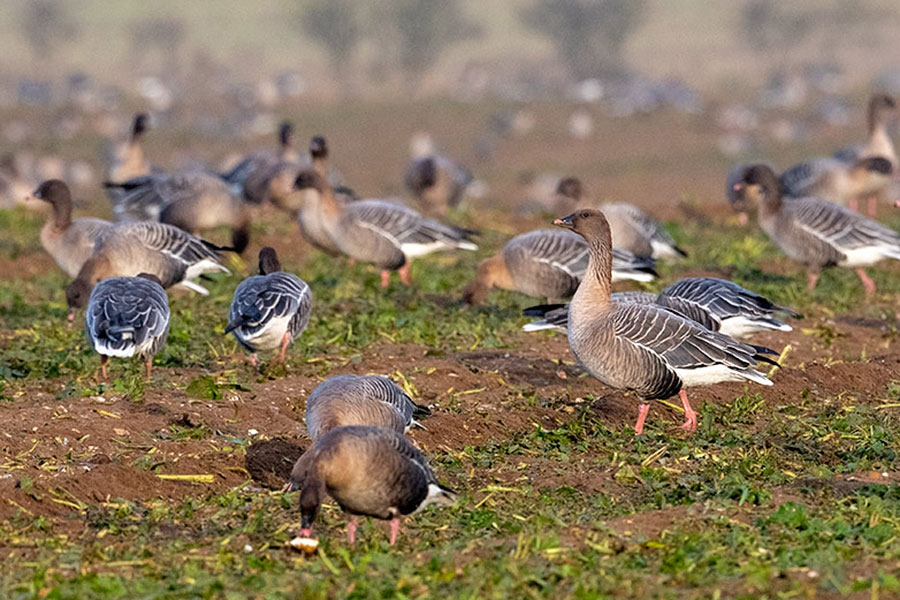We made lead ammunition history

The UK government has made the historic decision to ban lead ammunition – throwing a vital lifeline to our most precious wildlife.
Following the conclusion of a crucial Health and Safety Executive (HSE) review and a decades-long campaign to ban lead ammunition, Environment Secretary Steve Reed has taken the decision to consign lead ammunition to history.
But that’s not the end of it: following over 15,000 people writing to the Secretary of State, the government has heard our call and gone further than the HSE recommendations - implementing a three year transition period for lead shot, rather than the five years originally recommended, with a commitment to legislate the ban by Summer 2026.
This is what happens when we come together: we push the government to go further and make bold strides towards a better future for nature.
We wouldn’t be here without you. Whether you wrote to Steve Reed, shared our action or simply started a conversation, you’ve been part of a 25-year movement for a non-toxic future.
It’s not over yet - we’re asking the government to bring in this ban as soon as possible and ensure that the laws are complied with.
But for now, we can celebrate.
After decades of poisoning, an end to this toxic scandal is finally in sight.
How did we get here?
Lead ammunition has finally been banned across Great Britain, saving the lives of thousands of birds and paving the way to a non-toxic future.
But how did we get here?
At this critical moment, we wanted to tell this story through the people at WWT who’ve been fighting for wetlands and wildlife every step of the way.
What's the problem with lead?
Every year, 7,000 tonnes of toxic lead ammunition – the weight of the Eiffel Tower – is scattered into the environment. Here it poisons people, wildlife and wetlands, creeping up the food chain and contaminating the soil for generations to come.
There are no safe levels of lead exposure. Lead ammunition claims the lives of 100,000 waterbirds annually in the UK, and a million in Europe.
Through eating lead shot and bullet fragments embedded in carrion and prey, some of our most iconic birds of prey are at risk of death directly through poisoning or indirectly due to the resulting reduced ability to hunt and find food.
From game meat, lead ammunition finds its way onto our dinner plates and pet bowls, posing a risk to humans – particularly children – and companion animals.
Find out more about how lead poses a risk to humans, wildlife and pets.
A critical victory
Toxic lead has been banned from petrol, paint and pipes. Now, in 2025, lead from ammunition will finally be banned as well.
This campaign has seen a huge amount of opposition from powerful forces over the last few decades, but the efforts of some incredible campaigners and scientists, and your actions, has seen us through to this critical moment. The era of toxic lead ammunition is coming to an end.
